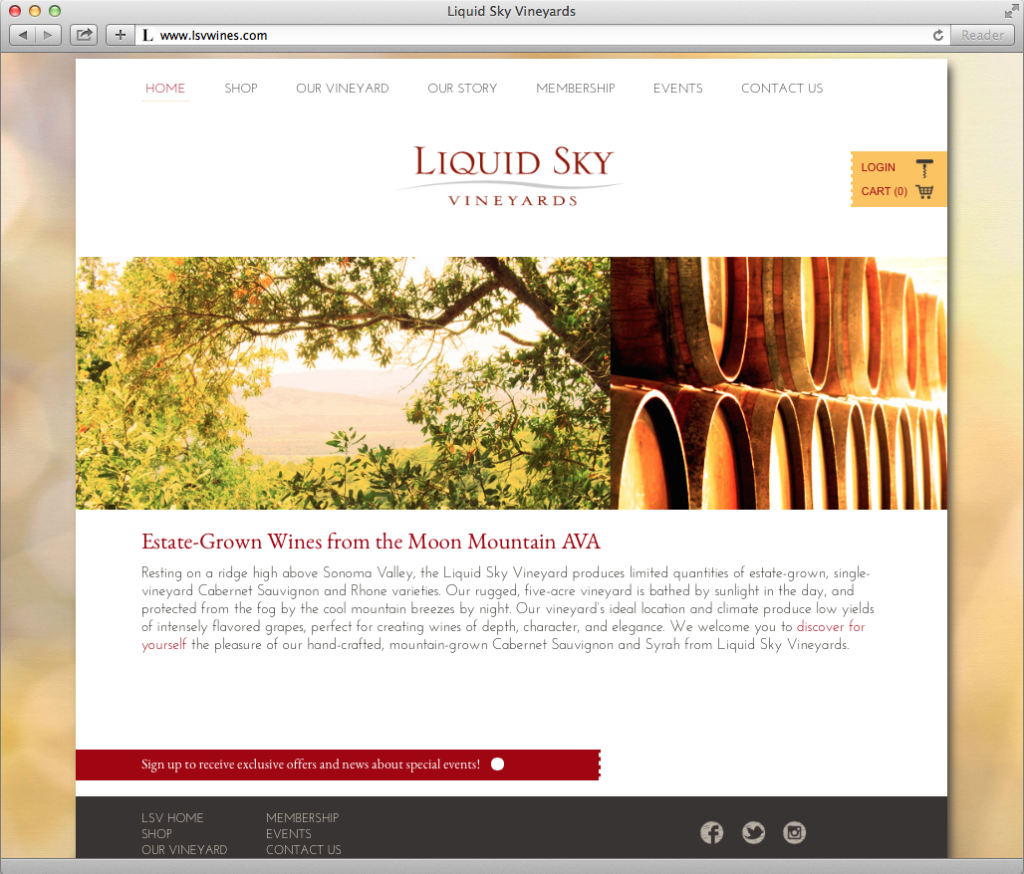Claims about the economic benefits and regional impact of the proposed downtown arena in Sacramento approach the absurd. $7 billion dollars of economic activity! is an oft-heard refrain. It’s repeated so often that I’m beginning to think arena proponents have actually begun to believe their own fabrication.
For example, the executive director of Region Builders, Inc., an industry association that is funded by special interests in the building industry, recently said that the arena will “create transformative economic and civic benefits for our entire region.”
Strong words. Can he back them up?
To answer that question, I consulted the leading economists on the subject, people who have studied and written about the true economic impact of sports arenas: Dennis Coates, Brad Humphreys, John Siegfried, Andrew Zimbalist, Judith Long, Robert Baade, Victor Matheson, and Raymond Keating.
What follows are statements these economists have made on the topic. Their words, not mine.
And lest you think I went searching for economists that back a particular point of view, these are the leading experts on the subject. In fact, one would be hard-pressed to find a credible economist whose views differ substantially from what you read below.
So I leave it to you, dear reader, to interpret what these economists say and draw your own conclusions about the potential economic impact of this arena.
“Local political and community leaders and the owners of professional sports teams frequently claim that professional sports facilities and franchises are important engines of economic development in urban areas. These structures and teams allegedly contribute millions of dollars of net new spending annually and create hundreds of new jobs, and provide justification for hundreds of millions of dollars of public subsidies for the construction of many new professional sports facilities in the United States over the past decade. Despite these claims, economists have found no evidence of positive economic impact of professional sports teams and facilities on urban economies.” 1
“Independent work on the economic impact of stadiums and arenas has uniformly found that there is no statistically significant positive correlation between sports facility construction and economic development… These results stand in distinct contrast to the promotional studies that are typically done by consulting firms under the hire of teams or local chambers of commerce supporting facility development.” 2
“Researchers who have gone back and looked at economic data for localities that have hosted mega-events, attracted new franchises, or built new sports facilities have almost invariably found little or no economic benefits from spectator sports… These studies and a multitude of others generally find that the actual economic impact of sports teams or events is a fraction of that claimed by the boosters, and in some cases actually show a reduction in economic activity due to sports.” 3
“The evidence reveals a great deal of consistency among economists doing research in this area. That evidence is that sports subsidies cannot be justified on the grounds of local economic development, income growth or job creation, those arguments most frequently used by subsidy advocates.” 4
“Subsidy advocates — team owners, and associated industry interests including the news media, construction labor unions, and local business interests — then turned to economic development theory to sustain public funding for sports facilities. They argued that the benefits flowing back to the public — namely new jobs, and new tax revenues — would be many times the up-front cost, so facilities would “pay for themselves.’ This argument found a receptive audience among local governments and growth machines armed with discretionary federal funds and an agenda to revitalize declining urban areas. Upon closer examination, however, academics found the economic forecasts to be absurdly optimistic, and argued that most sports facilities provided little or no new economic benefits to its host city, once substitution effects were accounted for.” 5
“Our conclusion, and that of nearly all academic economists studying this issue, is that professional sports generally have little, if any, positive effect on a city’s economy… Rooting for the team might provide satisfaction to many local baseball fans. That is hardly a reason for the city government to subsidize the team.” 6
“The economic facts…do not support the position that professional sports teams should receive taxpayer subsidies. The lone beneficiaries of sports subsidies are team owners and players. The existence of what economists call the ‘substitution effect’ (in terms of the stadium game, leisure dollars will be spent one way or another whether a stadium exists or not), the dubiousness of the Keynesian multiplier, the offsetting impact of a negative multiplier, the inefficiency of government, and the negatives of higher taxes all argue against government sports subsidies. Indeed, the results of studies on changes in the economy resulting from the presence of stadiums, arenas, and sports teams show no positive economic impact from professional sports – or a possible negative effect.” 7
Quoted Economists
Dennis Coates, Professor, Department of Economics, University of Maryland
Brad R. Humphreys, Chair in the Economics of Gaming, University of Alberta
John Siegfried, Professor Emeritus, Department of Economics, University of Vanderbilt
Andrew Zimbalist, Professor of Economics, Smith College
Robert A. Baade, Professor of Economics and Business, Lake Forest College
Victor A. Matheson, Department of Economics and Accounting, College of the Holy Cross
Judith G. Long, Associate Professor of Urban Planning, Harvard University
Raymond J. Keating, Chief Economist with the Small Business & Entrepreneurship Council (SBE Council)
Footnotes
1 “Professional Sports Facilities, Franchises, and Urban Economic Development, by Dennis Coates and Bradley R. Humphreys.
2 The Economics of Sports Facilities and Their Communities, by John Siegfried and Andrew Zimbalist.
3 Financing Professional Sports Facilities, by Robert A. Baade and Victor A. Matheson.
4 Do Economists Reach a Conclusion on Subsidies for Sports Franchises, Stadiums, and Mega-Events? by Dennis Coates and Brad R. Humphreys.
5 “Public Funding for Major League Sports Facilities Data Series (5): A History of Public Funding, 1890 to 2005,” by Judith Grant Long.
6 Caught Stealing: Debunking the Economic Case for D.C. Baseball by Dennis Coates and Brad R. Humphreys.
7 Sports Pork: The Costly Relationship between Major League Sports and Government by Raymond J. Keating.
Ed. note: This blog post was originally published on the Sacramento Arena Debate website.




 An initial draft of the
An initial draft of the 
